
GrowCookEat: Organic Gardening Q+A
Annette Pelliccio is the Founder and CEO of The Happy Gardener, Inc. and a third generation garden business owner with a focus for educating home gardeners and communities on healthy alternatives to conventional garden and lawn care practices. She has developed a line of organic plant foods, soil conditioners and lawn care designed for easy and economical organic gardening.
Jean Ann Van Krevelen is a ninja gardener, social media fanatic and non-snooty foodie. She has a new gardening/cooking book out in stores, entitled Grocery Gardening: Planting, Preparing and Preserving Fresh Food. To find out more about her latest exploits, visit her blog Gardener to Farmer or check out her podcast, Good Enough Gardening.
Maria Ignosh grew up on a farm in Holmes county Ohio, in the heart of Amish country. She went to Ohio State University, where she majored in plant health management, and shortly after graduating, she joined the Peace Corps working on agriforestry in Guatemala. After the Peace Corps, Maria came to Virginia where she worked as a horticulture extension agent for the Virginia Tech’s State Agriculture Extension program. After starting a family, she joined Shenandoah Growers in 2008 as an assistant grower specialized in plant pathology for the company’s certified organic greenhouses. She lives in Harrisonburg, VA is married and has a son and a daughter.
Annette: No gardener likes to have pests chomping on their vegetable plants so I use several organic techniques to be sure at least one of them will work. First, healthy soil consists of beneficial insects and bacteria that naturally repel harmful pests. Using compost and an organic soil conditioner will support the soil’s ecosystem. Second, plant companion plants among your vegetables. This will repel specific pests and disease. Invite birds and bats to your garden as they love to feed on insects. Simply set a birdhouse and birdbath near your vegetable garden to encourage them to join your backyard habitat. Bat houses are also effective for attracting pest-eaters. Last, invest in non-toxic, organic pest control products that are made from plant-based oils for on-the-spot problem solving. Happy Naturals organic pest control is safe to use right up until the time of harvest and 100% vegetable based.
Jean Ann: I always advocate for the least invasive method first. In this case, it’s the pick and stomp method…grab up those tomato worms and squish them! Identifying what is causing damage to the plant is important in deciding what intervention is best. For example, if you know that it is a caterpillar, there is a parasitic wasp (Trichogramma) that can be purchased and released in the garden that will eliminate several pests of that type. Or, gardeners can use bacillus thuringiensis (or Bt), a treatment with naturally occurring bacteria, to address the same problem.
Maria: When thinking about natural pest control, keep in mind that there are three main areas of control; 1) Cultural Controls, 2) Physical Controls, and 3) Biological Controls. Some of my favorite cultural controls are keeping a nice healthy bed of soil for my plants to live in and also planting them where they want to be (i.e. sun, shade, drainage, fertility, etc). Physical controls are many but include tactics like hand picking large insects such as tomato worms, removing aphids with a jet of water from a garden hose, putting up a barrier to keep birds off your berry plants, etc. Some of my favorite controls are biological controls. I love to watch the checks and balances of nature. If you see any white cocoon-like structures sticking out of the back of the tomato worms in your garden, beneficial insects are already doing their job by parasitizing that worm. To encourage beneficial insects in your garden do a little research on farmscaping. You can use those same tactics on a smaller scale in your home garden.
2. What about companion planting? Does this work or is it a gardening myth? What are some of your favorite planting combinations?
Annette: I personally love companion planting and have been using this easy technique for as long as I have had a vegetable garden. My favorite plant combos are sage to control tomato worms; mint to control cucumber beetles; parsley to deter carrot flies; and chives to reduce aphids with my roses. For a complete list of effective companion plants go to http://eco-gardeners.com/2010/04/companion-planting
Jean Ann: There is no research that proves the effectiveness of companion planting for keeping bugs at bay. However, crop diversity is important in maintaining biodiversity in your garden. That said, interplanting different types of plants, can prevent pests from moving right from one plant to another. If you have rows and rows of tomatoes (or plants in the tomato family) all sharing the same space, hornworms don’t have to go very far to find their next meal. Try adding a row of corn or beets between tomato beds.
Companion planting has other benefits, too. I like to combine nitrogen-fixing plants with those that take nitrogen from the soil. By planting winter squash and beans together, a symbiotic relationship is formed. The plants receive the nutritional benefit and the soil isn’t depleted.
Maria: Companion planting is an older concept, but still a really good one. The idea is to plant your plants all mixed together instead of lining them all up in little rows. This makes the insects and diseases hunt for the plants instead of giving them a ready-made
buffet. It tips the scales a little more in our favor. In this manor you can mix in plants that attract your beneficial insects and also plants that repel the pests. Plants that provide food (pollen) and cover such as dill and coriander are good draws for beneficial insects. Plants such as marigolds and tomatoes are good repellent crops.
3. Disease is another issue that many deal with in vegetable gardens. Can you share some of your best tips for preventing common vegetable garden diseases without the use of chemicals?
Annette: Disease on vegetable plants is usually always the sign of poor soil as a result of nutrition depletion, and poor aeration and/or drainage. Preparing your garden soil in late winter/early spring will greatly reduce disease on your veggies. Using compost and an organic soil conditioner will replenish lost nutrients/micronutrients, break up heavy clay, add consistency to sandy soil, and provide aeration for necessary oxygen flow. Happy Naturals organics has a foliar feed made with organic soybean that is an excellent leaf protection for disease spreading from plant to plant.
Jean Ann: Unfortunately, there are very few diseases that can be treated, organically or not. Some mildew can be treated with a baking soda and water combination. But for the most part, once a serious disease like blight has set in, the best thing to do is pull up the crop. The key to controlling disease is in prevention. Taking small steps in advance can save you the stress of trying to control it later.
A few tips for disease prevention:
-Make sure plants don’t become overstressed. Water on a regular basis, use mulch to keep the group temperature steady, fertilize only when needed. L
-Leave or make space for air circulation by pruning plants and avoiding plant crowding.
-Ensure your beds have excellent drainage. Amend soil with compost for optimal drainage.
-If you have problems with mildew, don’t water overhead, especially at night. Use soaker hoses or water early in the morning to give plants a chance to dry.
Maria: Many plant diseases seem to attack weak plants. Doing regular soil testing and adjusting your soil fertility is a good way to find out what your plants need and how much. Another one of my favorite tactics for controlling plant disease is mulching. Many of the most common diseases are soil-borne and introduced to the plants through water splashing up on the leaves. Try using mulch around your plants to keep soil from splashing. Also, try drip irrigation instead of overhead; it is better for your plants and more water conscious.
4. What vegetables/fruits are the hardest to grow organically? (i.e. because they are more subject to disease/pests/etc. than other plants) What are the easiest to grow organic?
Annette: The most difficult vegetables and fruits to grow organically are those that are going to contain harmful chemicals and the least amount of nutrition. I am making fun of this question simply because growing organically is so much easier than expected and the techniques can be successfully used with all edibles.
Jean Ann: Most vegetables are easy to grow organically. I think the biggest challenges are tree fruits like apples, pears, and plums. Pests like the coddling moth and the plum curculio are harder to treat with organic methods. I suggest that new gardeners start with fruits that have fewer pest problems (like berries and rhubarb) then add fruit trees as they learn more about organic gardening methods.
Maria: The best thing to remember is that growing plants where they want to be makes our task as gardener much easier. Plants that like the climate where you live are likely to be easier for you to grow organically. For easy to grow organic vegetables I like squash, beans, tomatoes, peppers, radishes, and lettuces and other greens. Organic fruits vary widely depending on where you live. When buying a fruit tree or bush for organic production the varieties are endless. Try to pick a variety with resistance to the diseases that are most common in your area.
5. As seasoned organic vegetable gardeners, do you have any other suggestions for beginners? What knowledge do you have now – after years of experience – you wish you’d had when you first began growing organically?
Annette: My suggestion would be to plant as many vegetables from seed as possible; ones that can be planted (sown) directly in the garden soil. Those veggies do the best and are most resistant to disease and pests than buying already grown plants since they have not been fed toxins and have not been on tables with infested plants.
Jean Ann: Sketch out a plan for your garden ahead of time…then reduce it by two-thirds. Most of us overplant in our eagerness to embrace our new passion. This can lead to a lot of stress and work as the summer wears on…something that can turn it from something you love into something you hate. Further, the sketch enables you to keep track of your plantings so that next year, you can practice crop rotation.
Maria: Be patient and relax. Gardening is supposed to be relaxing and enjoyable isn’t it? When I first started growing organically, I was frustrated that changes happened more slowly. But, I think that I was missing the good things that were happening but that were perhaps a little less obvious to a novice. My soil was building in nutrients and quality as I was going along. The organic matter content was increasing which led to better water holding capacity. Beneficial insect populations were increasing after growing without the use of insecticides or herbicides and a certain balance was happening in the garden as a whole. And then, yields went up! And not only was it bountiful, it was beautiful and healthy as well. Be patient and diligent and it will come.
6. If home vegetable gardeners were to make just one change towards growing more naturally, what would you suggest that it be?
Annette: Compost- it’s the best eco-gardening practice you can do to ensure the health of your plants and the future of our environment.
Jean Ann: I suggest the switch from standard fertilizers to organic. It is super easy and something that causes almost no effort on the part of the gardener. The second would be to learn a couple of strategies for organic pest management. Yes, I realize I listed two…but hey, the first one is so easy, it doesn’t really count.
Maria: In garden centers today there are so many all-purpose fertilizers that it is hard not to be tempted. Each year home gardeners pour a wealth of money and nutrients into the soil, trying to keep their green places as green as possible. The problem is, when we think of pollutants, we usually think of pesticides, not fertilizers. But nutrient pollution is hard on the environment as well. If I could implement one change, I would ask people to do soil tests before fertilizing to make sure that these fertilizations are needed.
Want to link up your GrowCookEat post?:
- Write a post about gardening on your own blog, don’t forget to mention www.goodlifeeats and GrowCookEat so that your readers know where they can learn more about GrowCookEat and gardening. Then, come back here to add the link to your post to the SimplyLinked form below.
- Don’t have a blog? Tell us about your garden in comments section of each post so we can all see what you’re up to.
- Let’s stay on topic, this isn’t an invitation to spam everyone with your blog. If your post doesn’t somehow relate to gardening, it will be deleted. Thanks for understanding.
Giveaway (1 winner):
- Grocery Gardening, by Jean Ann Krevelen
- Personalized T-Shirt and Bag from Shenandoah Growers
The Rules:
- Comment on THIS post by 11:59 pm PST June 4th
- Anonymous comments: leave your email address and first name in the comments.
- 1 random winner will be announced by April 28th. I will notify you via email and you will have 72 hours to respond before I choose a new winner.
- Contest open to US Residents only.
Extra Entries: Additional entries can be earned by doing any of the following, giving you a total of 4 entries. Leave a separate comment for each of your entries.
- Tweet about this giveaway. Include @goodLifeEats and a link to the giveaway in your tweet. Leave the link to your Twitter post in a comment.
- Write your own GrowCookEat post, and follow the directions for linking up.
- Become a fan of goodLife {eats} on Facebook.
- Vote for me (Katie Goodman) as one of Babble’s Favorite Mom Food Bloggers




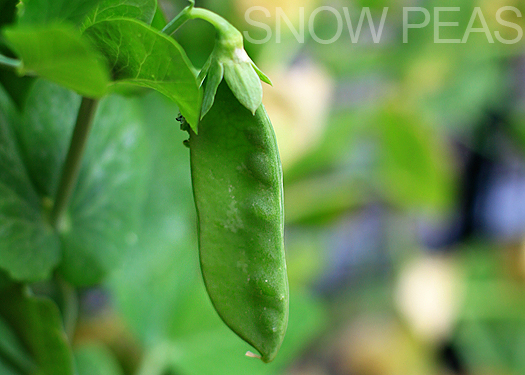
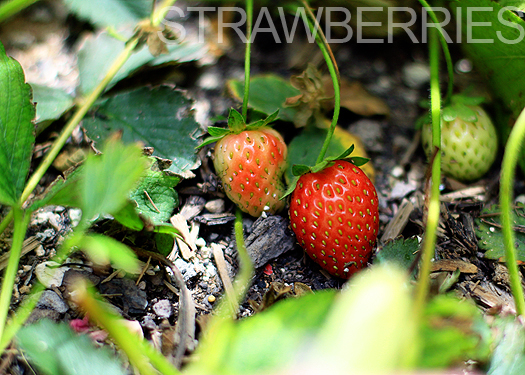

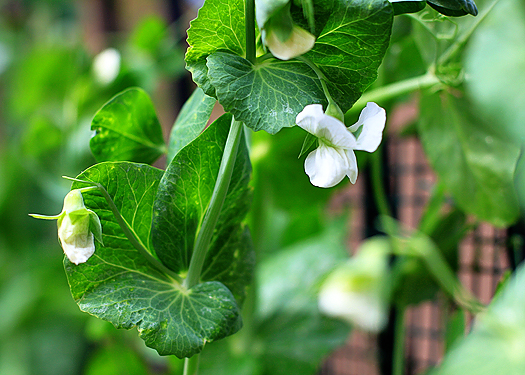

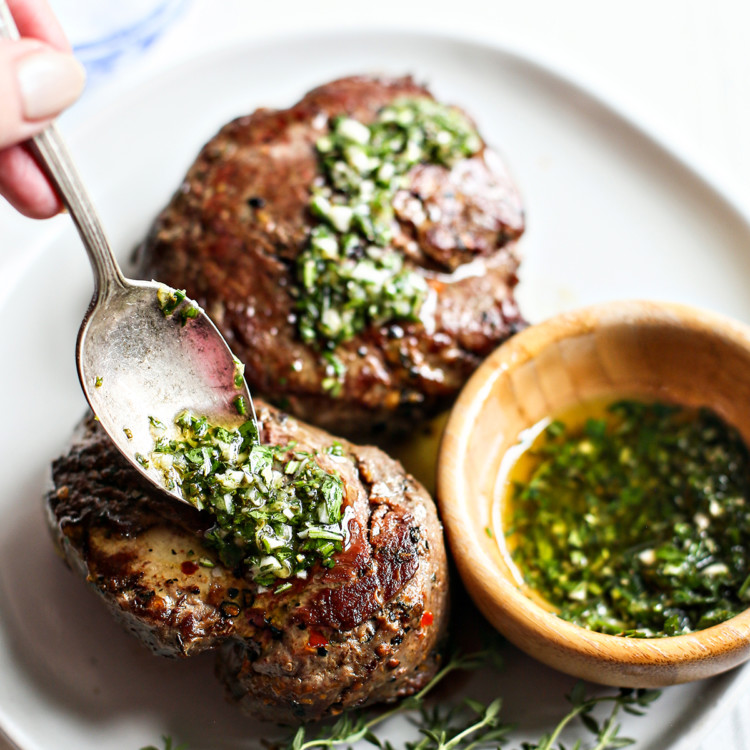

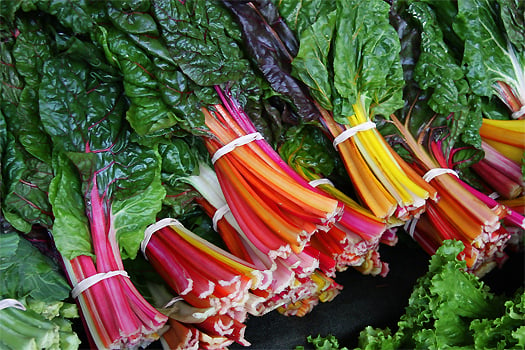
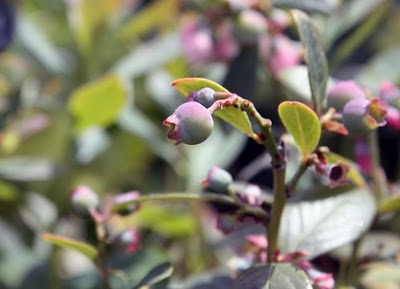

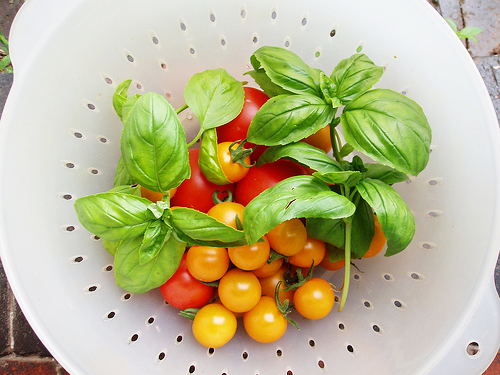

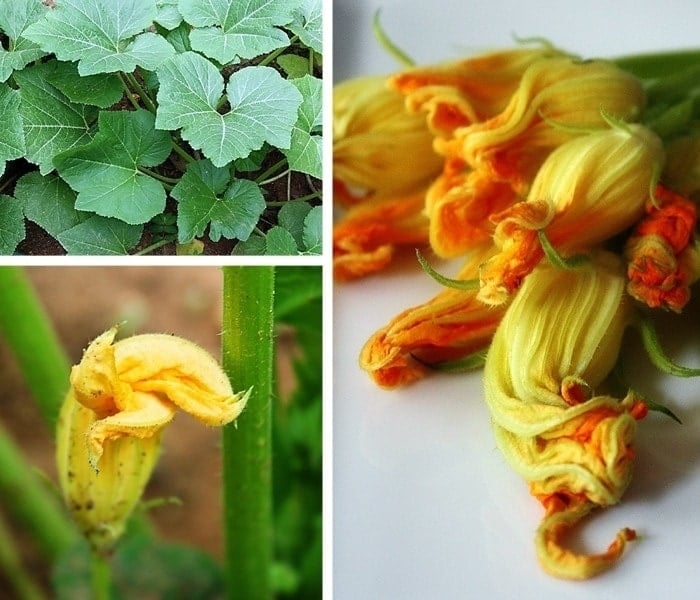

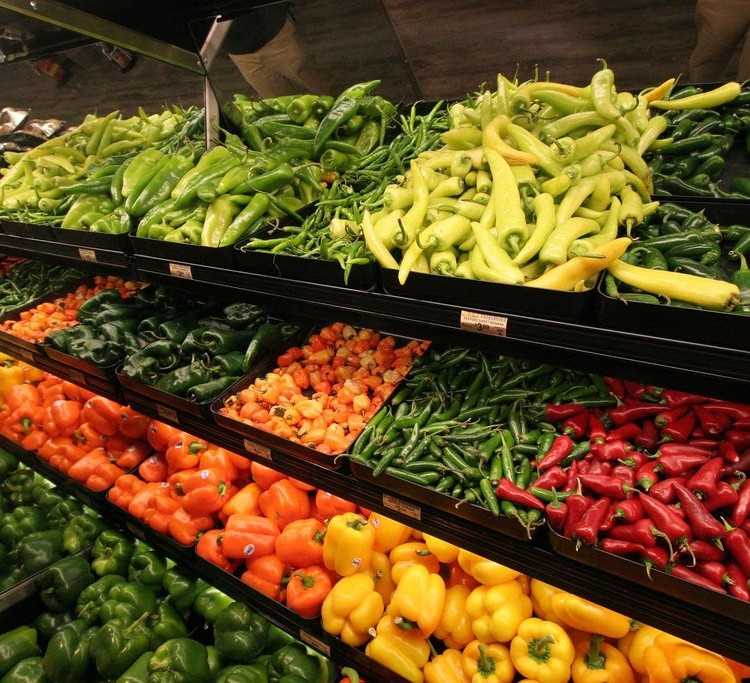

Sylvia says
This article has excellent information about companion planting.. something I haven't read much about until now. It makes sense though, but I really liked the points about creating the symbiotic relationships– keeping every other plant with one that gets CO2 from the soil or from the air… makes sense. Kudos.-SylviaDigital Kitchen Scale
john samuel says
I had found lot of fantastic information about organic gardening if you want to know more detail about pest control services for organic gardening then visit here Maple pest Control
feedingthebirds says
Great post! I'm loving this series!clark.jess at hotmail
Liz says
Posted the giveaway on twitter http://twitter.com/flowerindogwood
Liz says
I voted for you! Good Luck!
Liz says
I am a facebook fan (Elizabeth Lanza)
Liz says
I have had organic gardening in the back of my mind since we moved to the country 3 years ago. This post really got me wanting to give it a shot. Thank you for that.lanzaelizabeth77 (at) gmail (dot) com
michelle p. from wa says
Thanks for sharing all of this information.
Meghan says
love your blog
Amanda aka The Coupon Clipping Nutritionist says
I voted for you.
Amanda aka The Coupon Clipping Nutritionist says
I am a facebook fan.